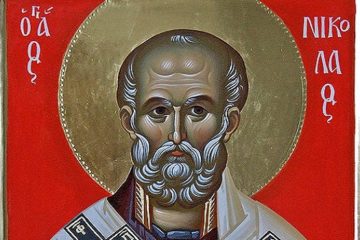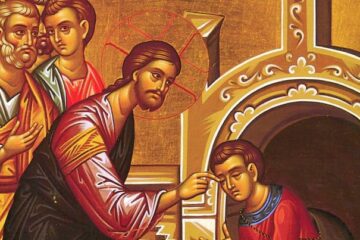Answers to questions surrounding the Christian faith. Email us yours at: info@myocn.net
Manuscripts, archaeology, and prophecy not only chart a secure course through the turnpikes of skepticism but also demonstrate conclusively that the Bible can indeed be trusted. —Hank Hanegraaff
Question: Can You Trust the Bible?
Answer:
If there is a more significant question, I am wholly unaware of what it might be. If the Bible is not trustworthy, Christianity would have no more authority for faith and practice than does Islam, Mormonism, or a host of other misguided movements. Among the myriad reasons you can trust the Bible, here are my top three.
First, the Bible has stronger manuscript support than any other work of classical history—including Homer, Plato, Aristotle, Caesar, and Tacitus. Equally amazing is that the Bible has been virtually unaltered since the original writing, as is attested by scholars who have compared the earliest extant manuscripts with manuscripts dated centuries later. Moreover, the wisdom of God is evident through the way He protected the biblical text from tampering or ecclesiastical chicanery. By the time ecclesiastical power was centralized, the biblical manuscripts were long since copied, distributed, and buried in the sands of time. Nearly six thousand New Testament Greek manuscripts have now been uncovered. Not only is there a relatively short time interval between the earliest papyrus and parchment copies and their autographs (original writings), but there is also less than a generation between those autographs and the events they chronicle. The quantity and quality of manuscripts assure us that the message and intent of the original autographs have been passed on to the present generation without compromise.
Furthermore, the archaeologist’s spade demonstrates time and time again that, in direct contrast to pagan mythology (from Mormonism to Mithras), the people, places, and particulars found in sacred Scripture have their roots in history and evidence. One of the best-known examples concerns the books of Luke and Acts. Sir William Ramsay, a biblical skeptic, trained as an archaeologist, set out to disprove the historical reliability of this portion of the New Testament. But through his painstaking archaeological trips to the Mediterranean, he became converted as, one after another, the historical allusions of Dr. Luke proved accurate. Recent archaeological finds have corroborated biblical details surrounding the trial that led to the fatal torment of Jesus Christ—including Pontius Pilate, who ordered Christ’s crucifixion, as well as Caiaphas, the high priest who presided over the Jewish leaders’ trials of Christ. It is telling when secular scholars must revise their biblical criticisms in light of solid archaeological and historical evidence.
Finally, as with manuscript evidence and archaeology, prophetic stars in the constellation of biblical prophecy provide powerful proofs for the trustworthiness of the Bible. In the words of the Almighty, “I told you these things long ago; before they happened I announced them to you so that you could not say, ‘My idols did them; my wooden image and metal god ordained them’” (Isaiah 48:5). Or, in the words of Jesus, “I have told you before it happens, so that when it happens, you may believe” (John 14:29). Counterfeit prophets have one thing in common: they are consistently wrong. In illumined contrast, genuine prophets are infallibly correct, and, unlike the pretenders, their prophetic prowess cannot be pawned off to good luck, good guessing, or deliberate deceit. Daniel provides a classic case in point. Writing six centuries before Christ, he accurately predicted a progression of kingdoms from Babylon through the Median and Persian empires, to the persecution and suffering of the Jews under the Old Testament antichrist Antiochus IV Epiphanes, his desecration of the temple, and freedom for the Jews under Judas Maccabeus (165 BC).



0 Comments